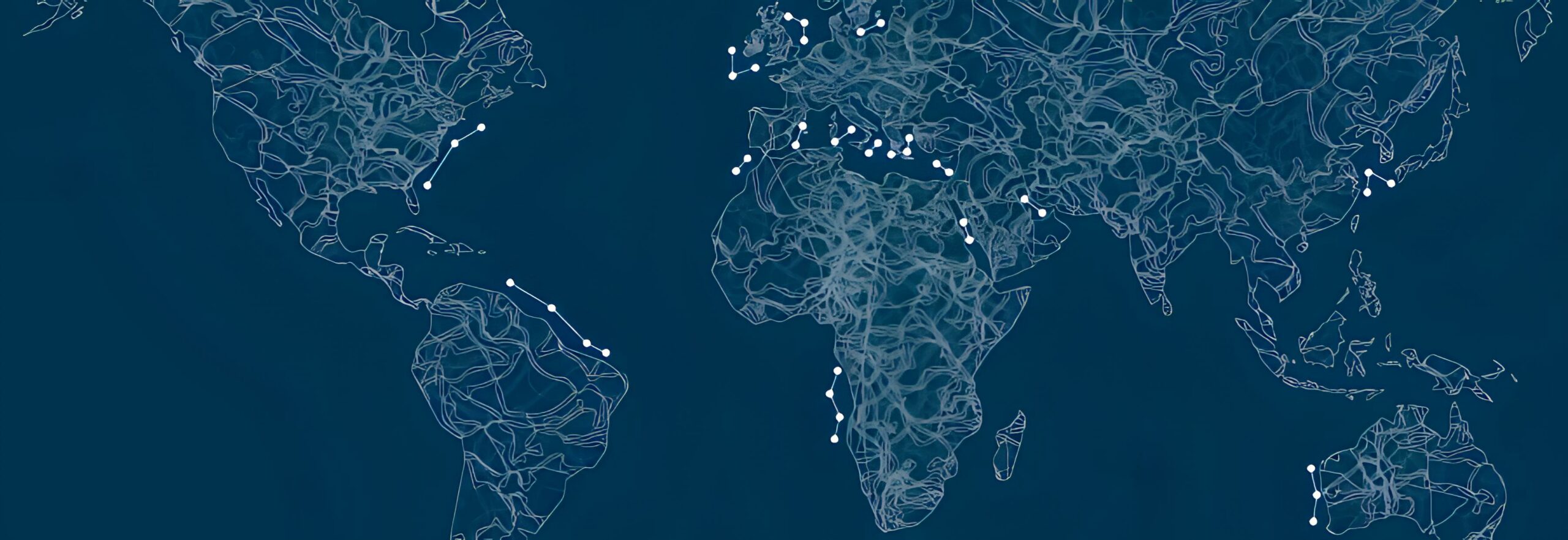
Projects
Specializing in submarine cable installation, protection, repair, and support operations, Asso.subsea has established a constantly updated long track record of participation, not only in domestic but also in worldwide projects.
Adriatic Sea Interconnections Project II – Subsea Cable Laying
The project involved replacing outdated submarine cables with 110 kV 3 x 630 mm2 counterparts along four routes, …
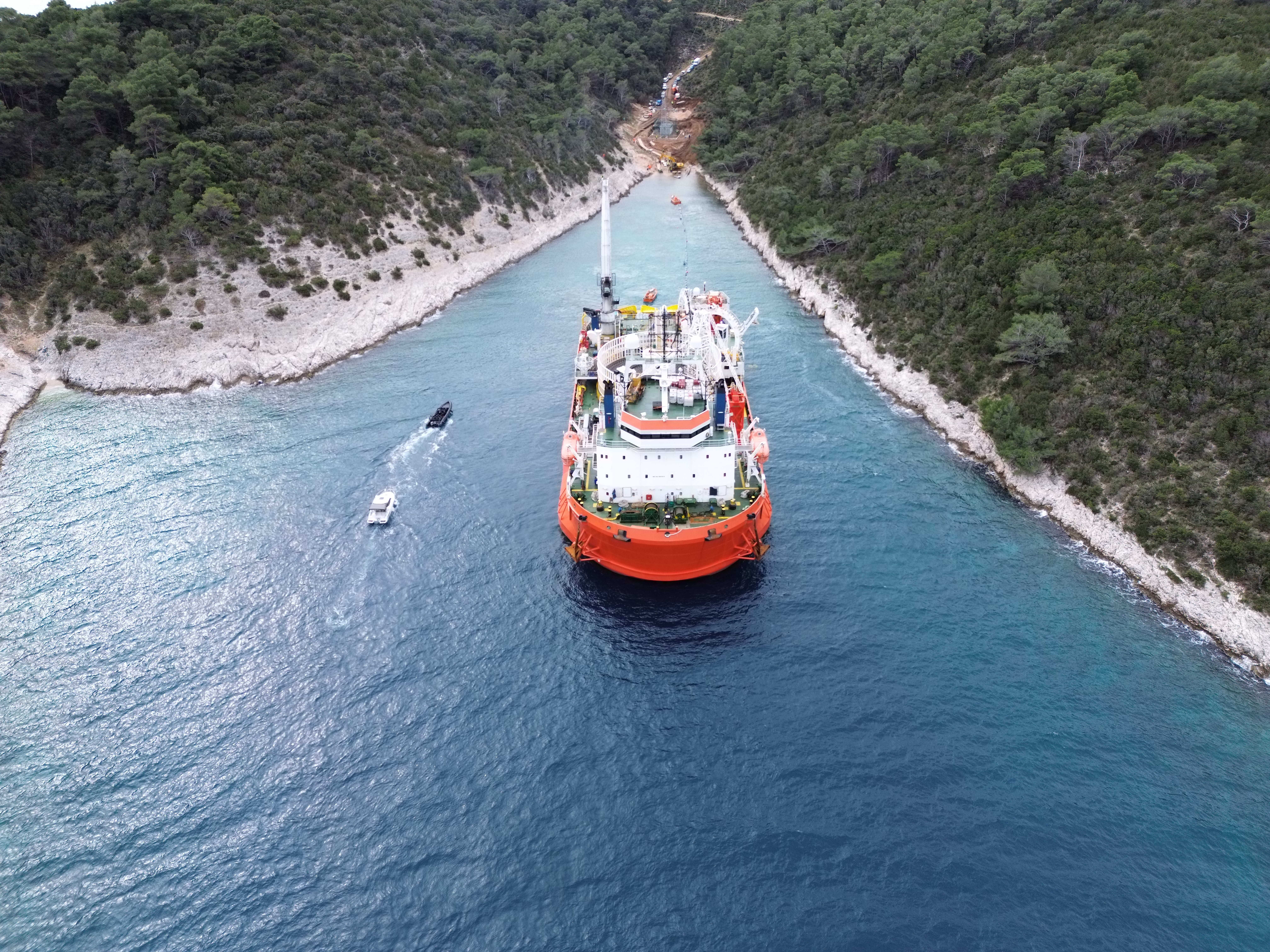
Fecamp OWF (IAC) (France) – Subsea Cable Laying/Protection/Route Preparation
Asso has performed the route preparation (boulder clearance & PLGR operations), cables installation (cables free laying and pull-in …
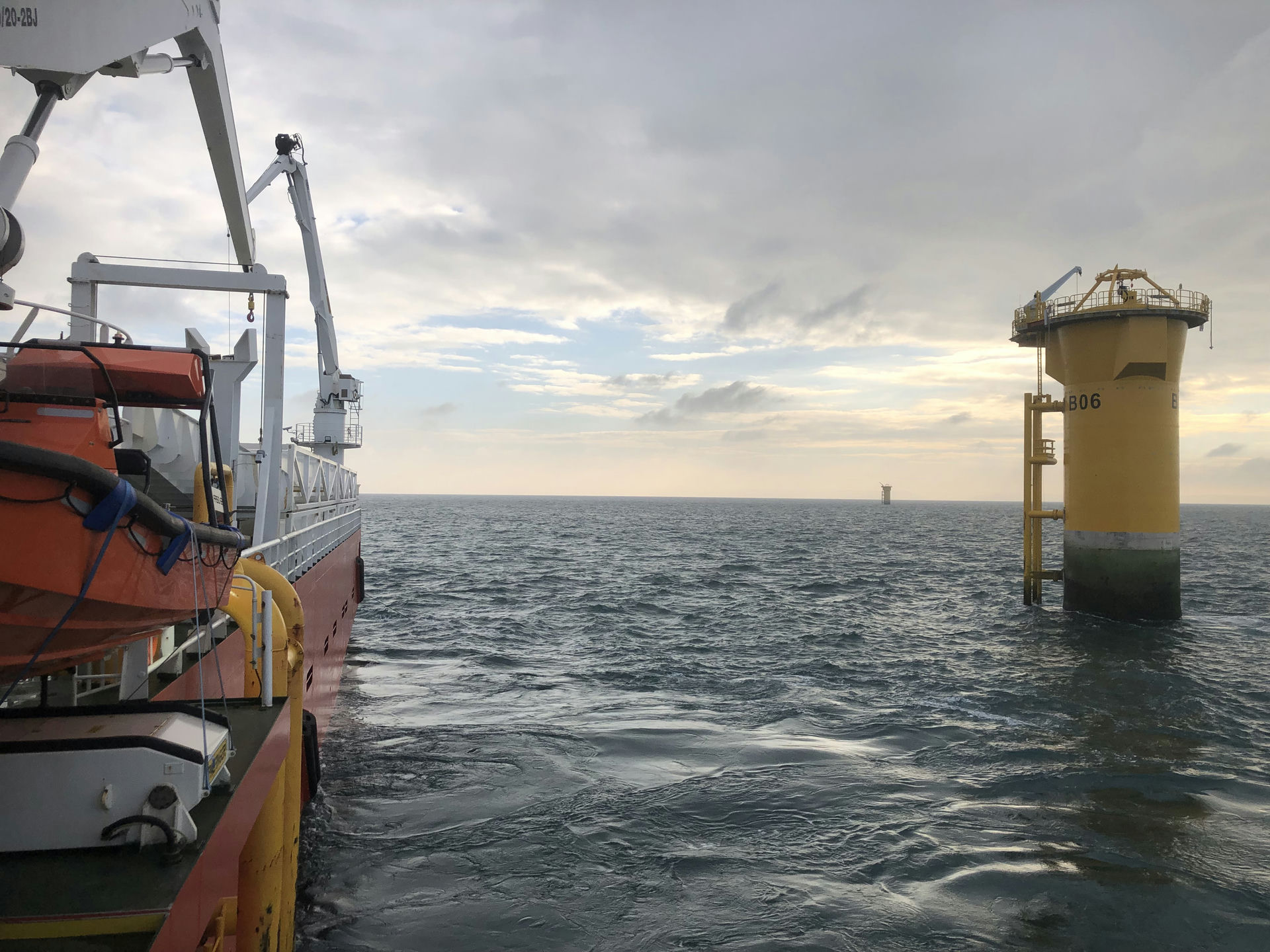
St. Brieuc OWF (IAC) (France) – Subsea Cable Laying/Protection/Seabed Preparation
The St. Brieuc Project zone is located off the northwest coast of France, in the bay of St. …
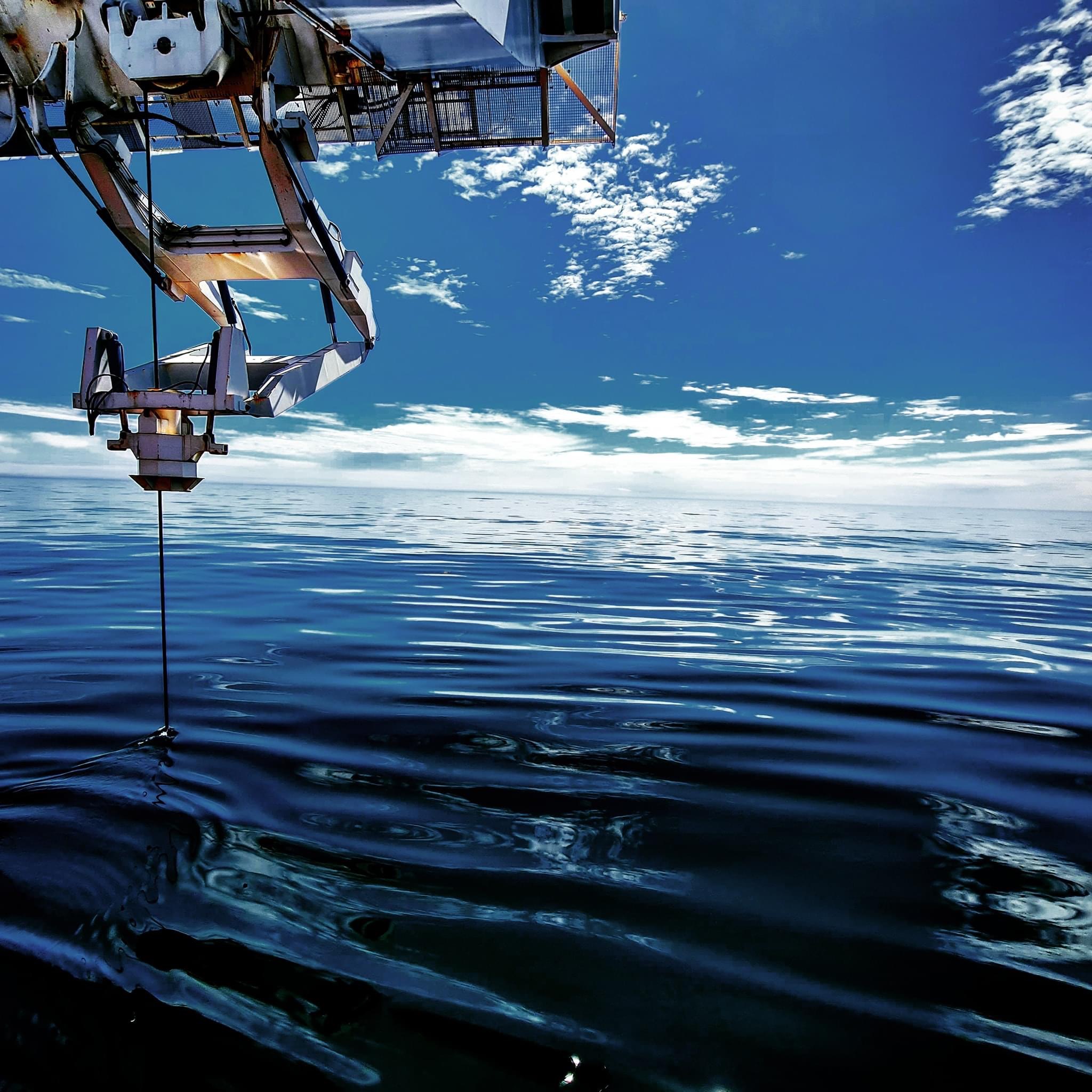
Kaskasi II (Germany) – Subsea Cable Laying & Protection
The Kaskasi II project concerns the realization of a three-phase AC connection in North-Sea-Cluster 4. The three-phase current …
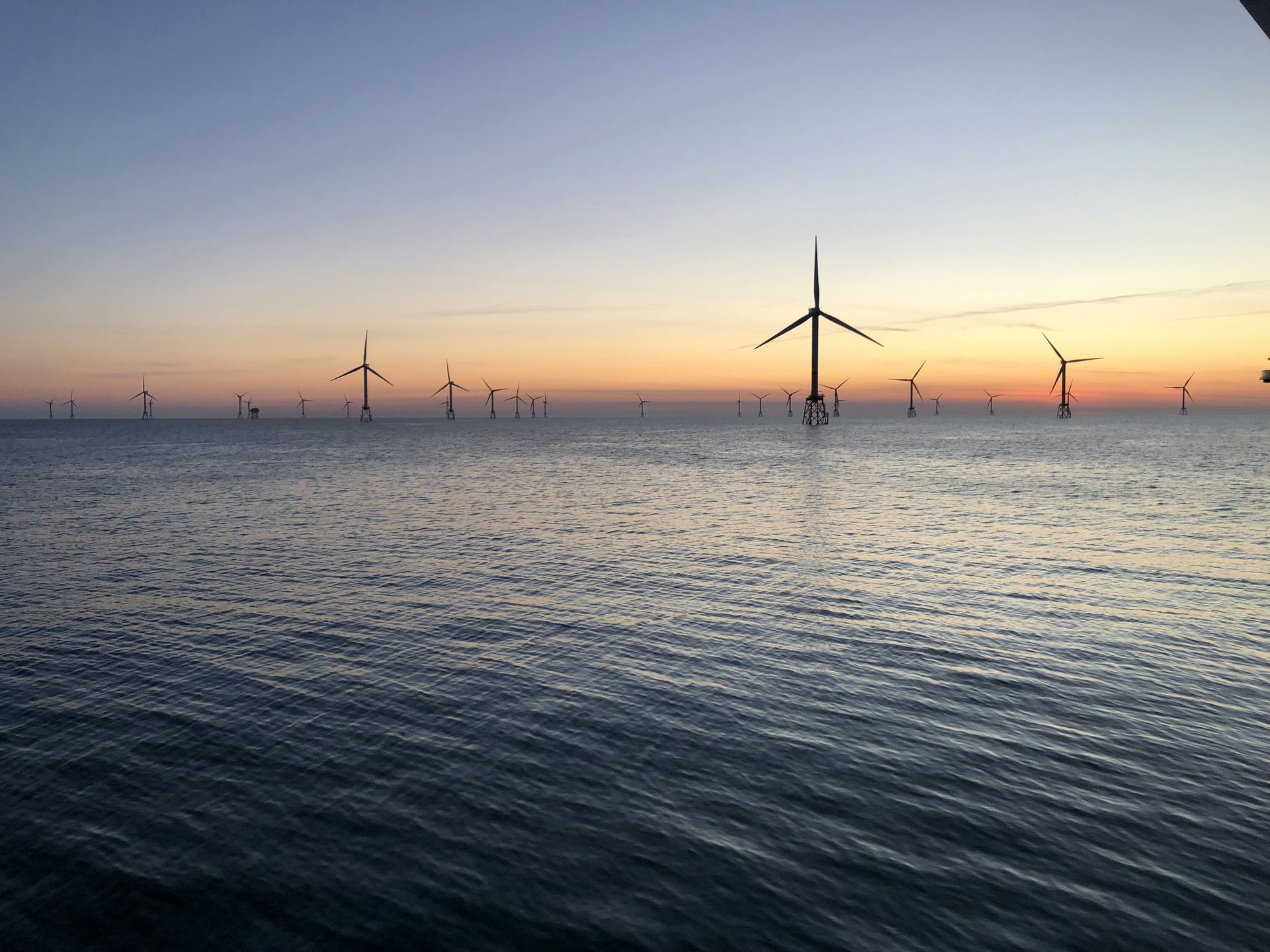
Viking Link – Subsea Cable Protection
Viking Link is a 1,400MW 760km subsea interconnector between the substation Bicker Fen in Lincolnshire, UK and the …
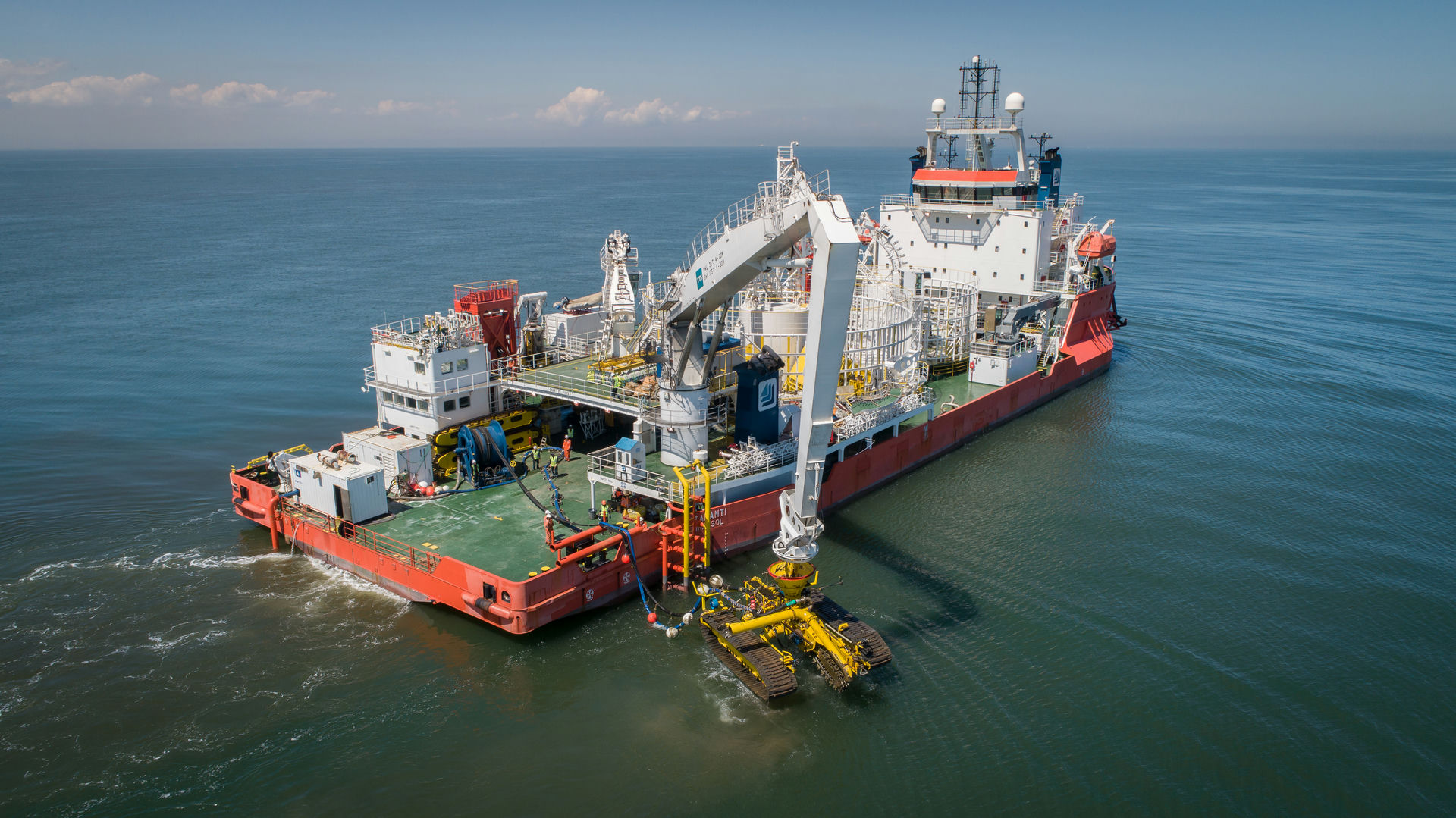
Naxos Thira Interconnection – Subsea Cable Laying & Protection
Cyclades Phase D The Naxos Thira Interconnection comprises the design, supply and installation of a single circuit 150kV …
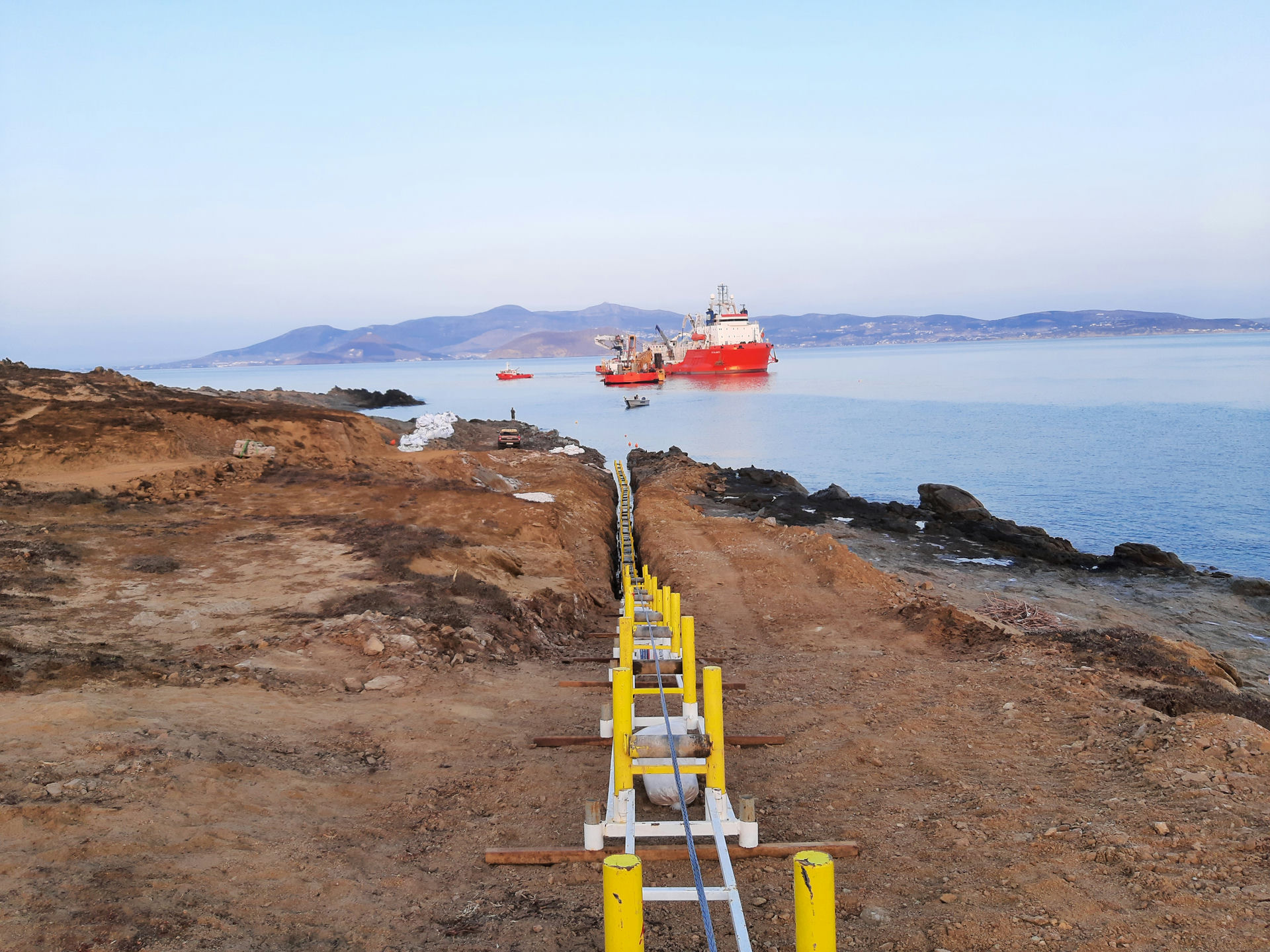
Adriatic Sea Interconnections – Subsea Cable Laying
The project comprised of the installation of two 110 kV cable systems, a northern part, between Crikvenica – …
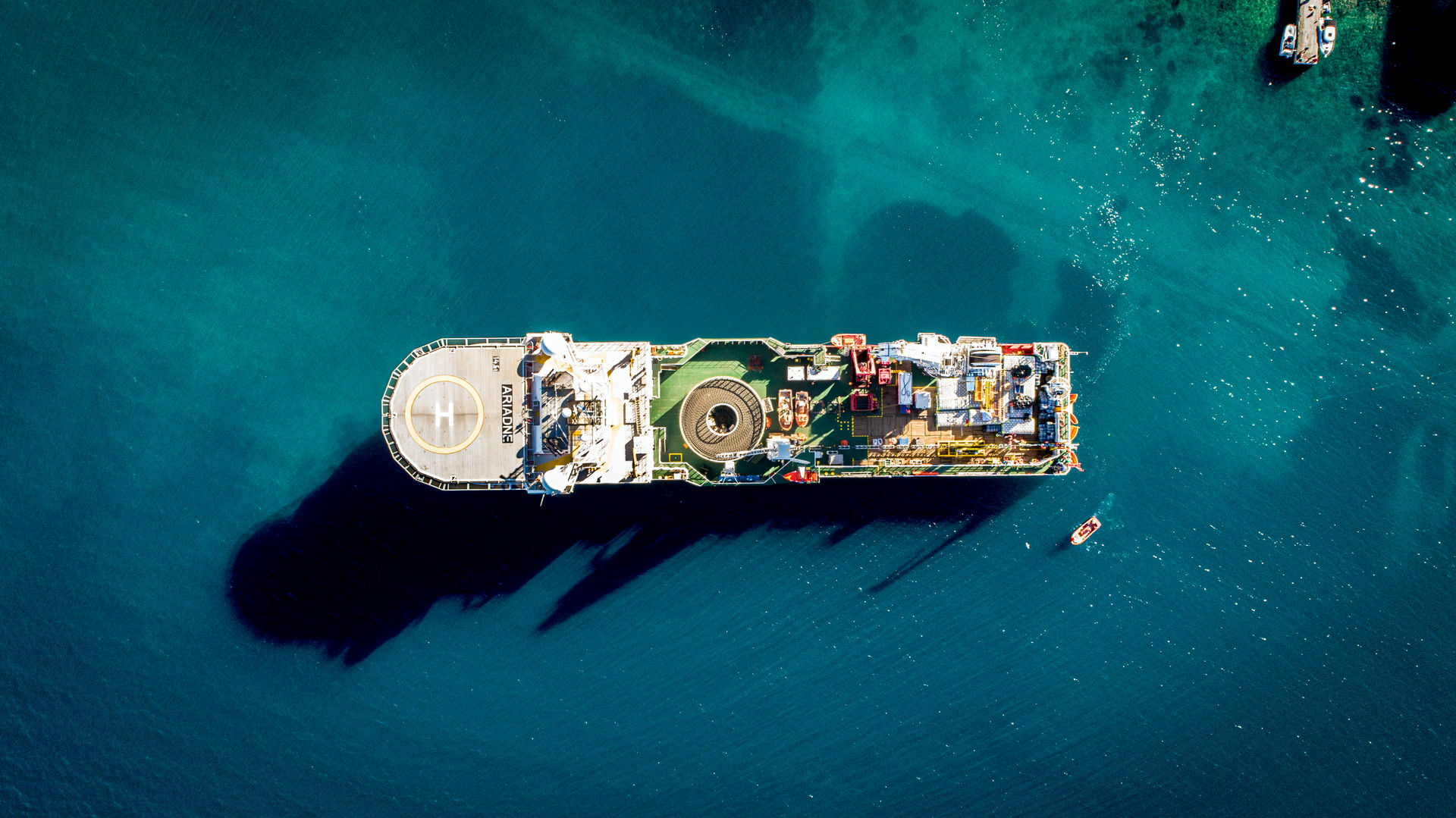
Lavrion Karystia Project (Greece) – Subsea Cable Laying & Protection
The Lavrio – Karystos project concerns the interconnection of Karystia Wind Farms located at the southern part of …
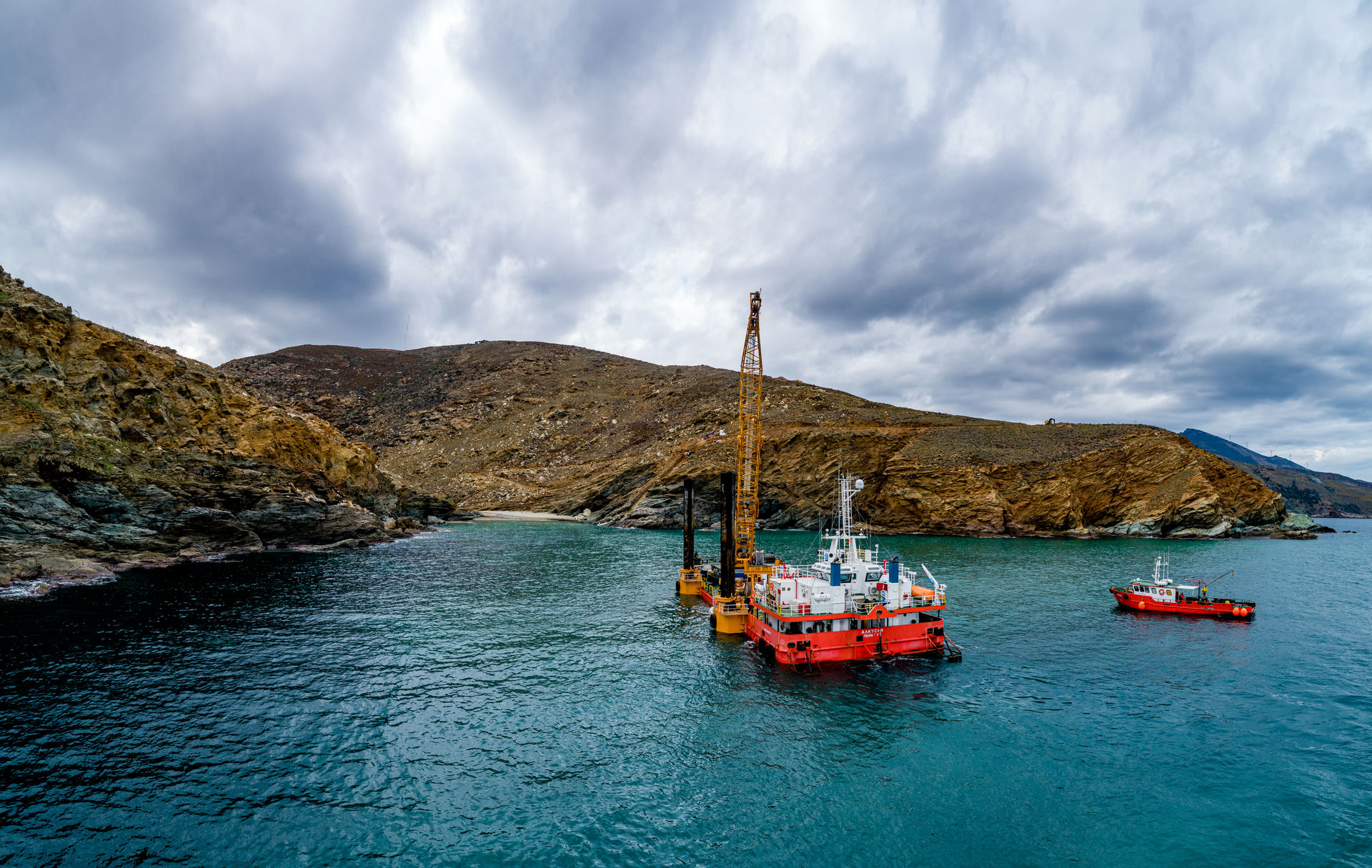
Paros – Naxos – Mykonos Interconnection (Greece) -Subsea Cable Laying & Protection
Cyclades Phase B The Cyclades Phase B project consists of two interconnections, one between Paros and Naxos and …

SeaMade OWF (IAC) (Belgium) – Cable Protection
The Seastar and Mermaid projects concerns the most northern offshore concession in the designated offshore energy zone in …

Messina II – Mattresses Installation
Prysmian has been awarded a contract by Terna SpA for the construction of an HVAC interconnection system, designated …
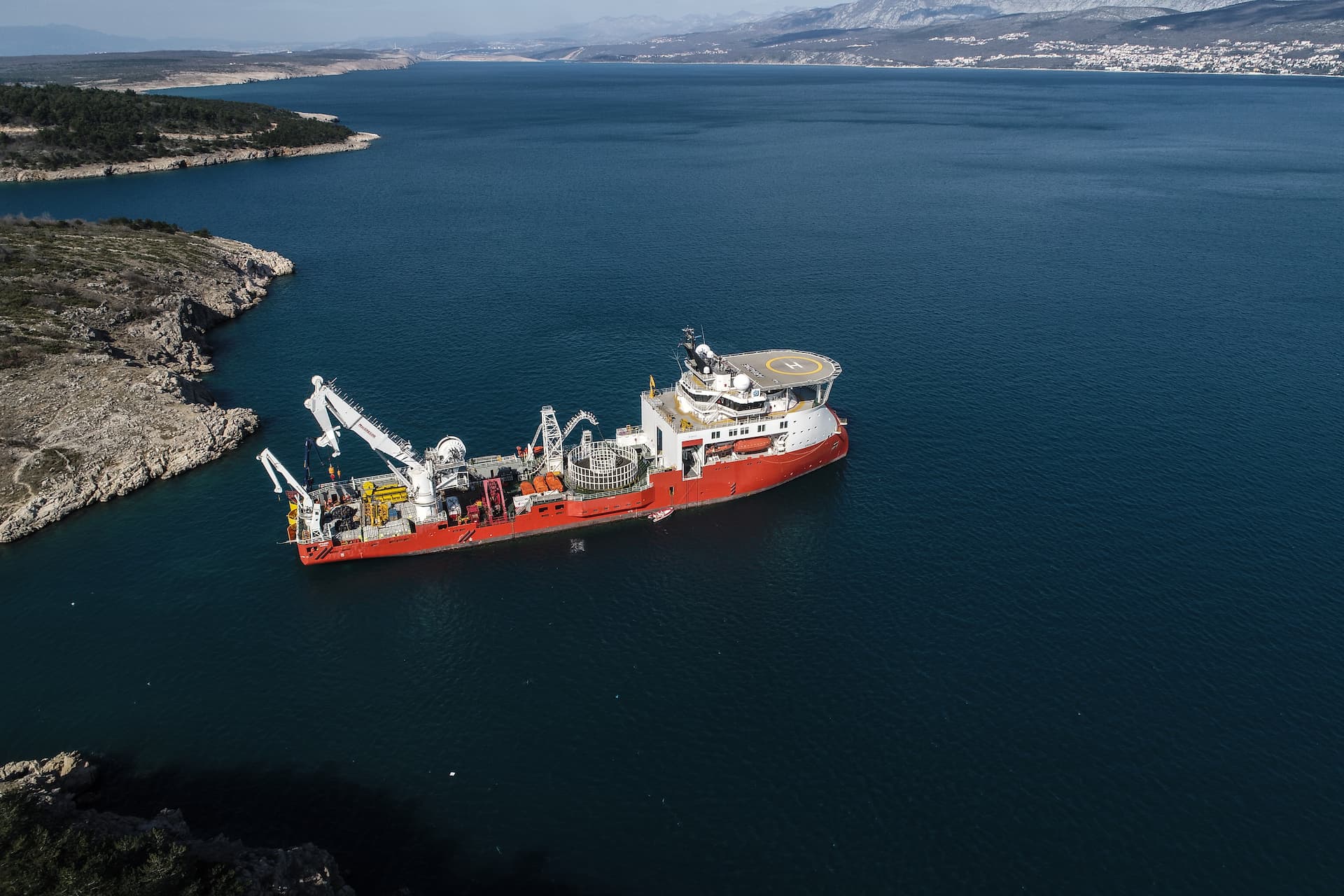
Capri-Torre Annunziata (Mediterranean Sea) Mattresses Installation
The Capri – Torre Annunziata project entails the installation of a 150kV AC submarine cable system, linking the …
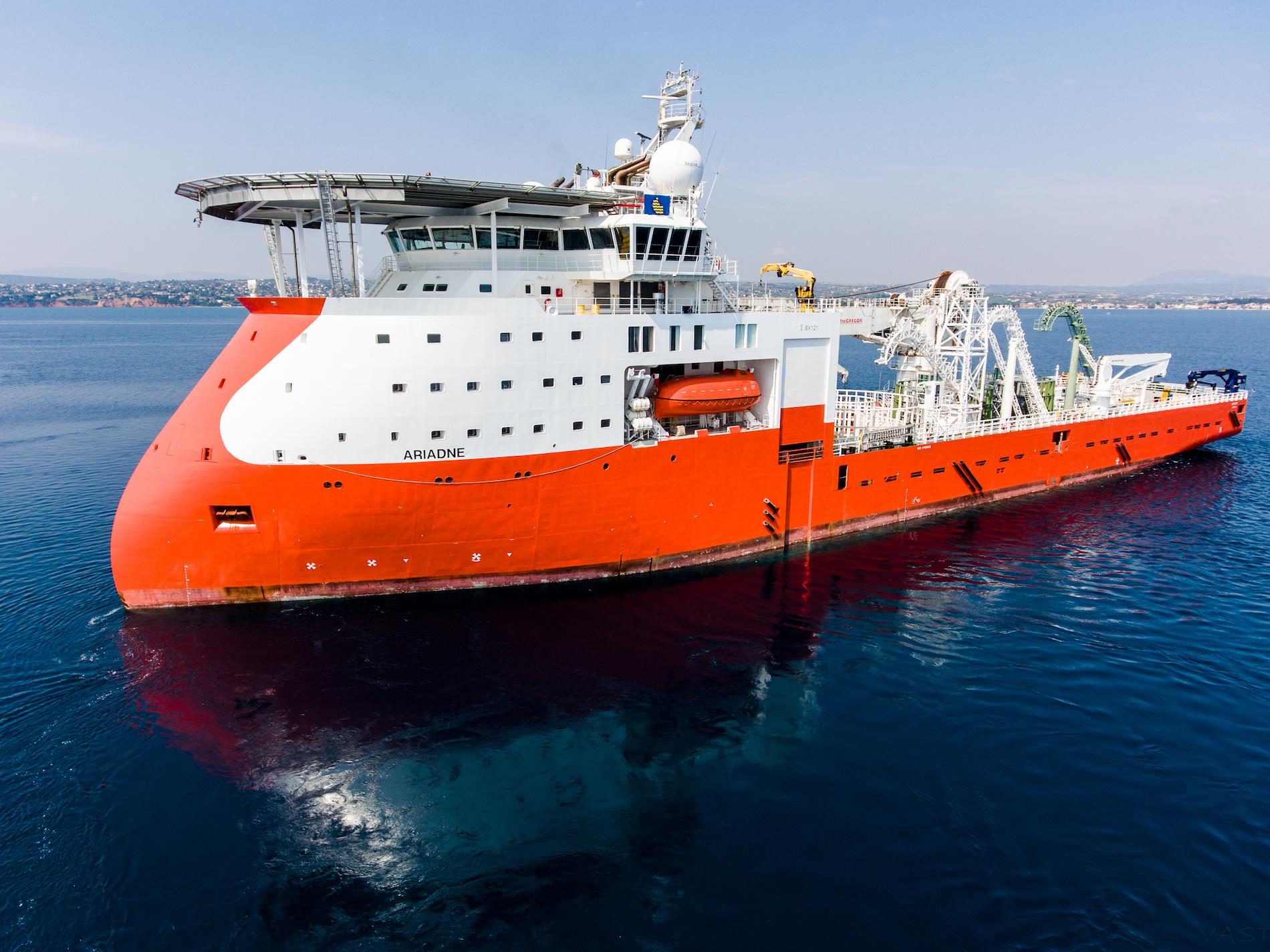
Kriegers Flak (Denmark) – Boulder Clearance
The Kriegers Flak BC (Boulder Clearance) project concerns the boulder removal operations at predefined footprints for the subsequent jack-up …

Mantoudi-Skiathos Interconnection (Greece) -Subsea Cable Laying & Protection
The project Mantoudi-Skiathos Interconnection concerns the design, supply and installation of a single circuit 150kV AC Submarine and …

Basslink (Australia) – Subsea Cable Protection
Pirelli Cavi e Sistemi Energia S.p.A. was awarded a Contract by Basslink PTY Ltd. for the supply installation …
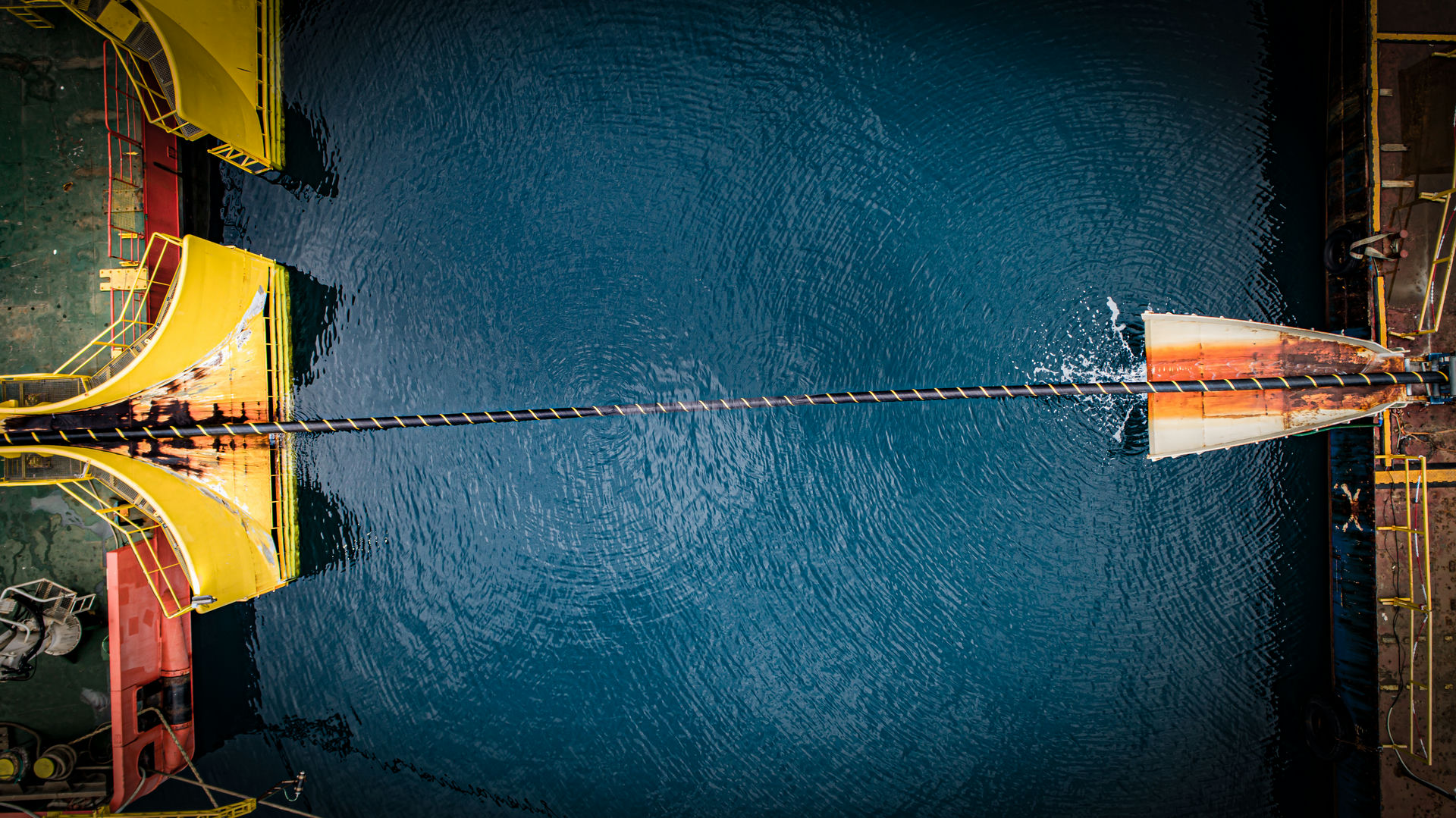
Kahramaa Project – Phase 2
Kahramaa (Qatar general Electricity & Water Corporation) had appointed Prysmian Cavi è Sistemi Energia SrL for a power transimission …

Hudson River (US) – Subsea Cable Replacement Project
The Hudson Transmission Project is a 660MW electric transmission link between New York City and New Jersey that …

GCCIA
The consortium of Nexans Norway AS and Prysmian Cavi e Sistemi SrL was awarded by GCCIA (Gulf Countries Council …

Kafireas Interconnection (Greece)- Subsea Cable laying & Protection
The Kafireas project concerns the interconnection of 16 Wind Farms located at the southern part of Evia Island …

IFA2 HVDC Interconnection (France – UK)- Subsea Cable Protection
The IFA2 project concerns the HVDC electricity transmission interconnector between France and England across the English Channel. The …

IFA2 – HVAC Cables Offshore Protection
The IFA2 project concerns the HVDC and HVAC electricity transmission interconnector between France and England across the English …

Rion – Antirion Interconnection (Greece)- Subsea Cables Laying & Protection
The Rion-Antirrion project concerns the interconnection, between Rion and Antirrion and it is located in Municipality of Patras, …

Lavrio – Syros Interconnection (Greece) – Nearshore Protection Work & Mattresses
The Lavrio-Syros II project concerns the second interconnection, between Syros and the Greek Mainland (Lavrio, Attica). This project …

Evia – Andros – Tinos
The Evia-Andros-Tinos project concerns the islands of Evia, Andros, and Tinos are linked together by four outdated single-core …

Albatros HVAC Connection
The “Albatros” project concerns the HVAC grid connection to the offshore wind farm Albatros. The connection uses the …

Deutsche Bucht – Submarine Link Cables Installation and Protection
The DBU project concerns the HVAC submarine link between the AC/DC offshore converter station BorWin beta platform and …

Global Tech 1 – Submarine Link Cables Installation and Protection
The Global Tech 1 (GT-1) project concerns the realization of a new HVAC grid connection between the offshore …

Rampion OWF – Export Cable 4
The Rampion Offshore Wind Farm (ROWF) is located in the English Channel, approximately 13km offshore the Sussex coast. …

Kriegers Flak CGS
Energinet SOV and 50Hertz Transmission GmbH have built a cable connection, consisting of two HVAC cables, between Krieger’s …

COBRA Project – German Offshore Section
The COBRA cable project consists of the power link between Denmark and The Netherlands and it has been …

BorWin 3 – Pull-in on Platform
BorWin3 project refers to a 900MW DC grid connection system in the North Sea cluster 8 developed by …

COBRA Project & BorWin3 Project – Jointing
The COBRA cable project consists of the power link between Denmark and The Netherlands and it has been …

Spetses-Spetsopoula Interconnection
The Hellenic Electricity Distribution Network Operator (HEDNO/DEDDHE) has awarded Assodivers Group a contract for the replacement of the …
